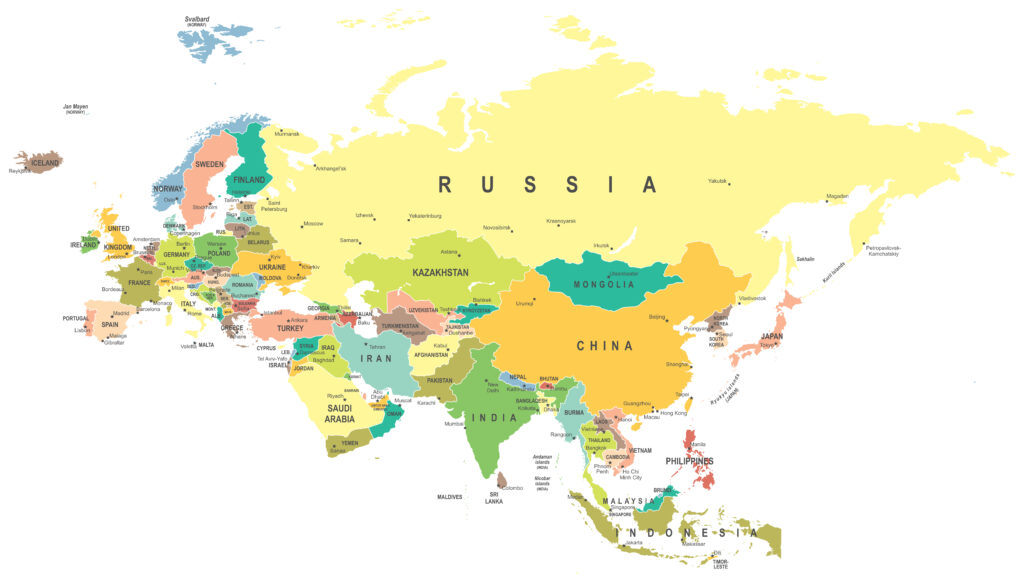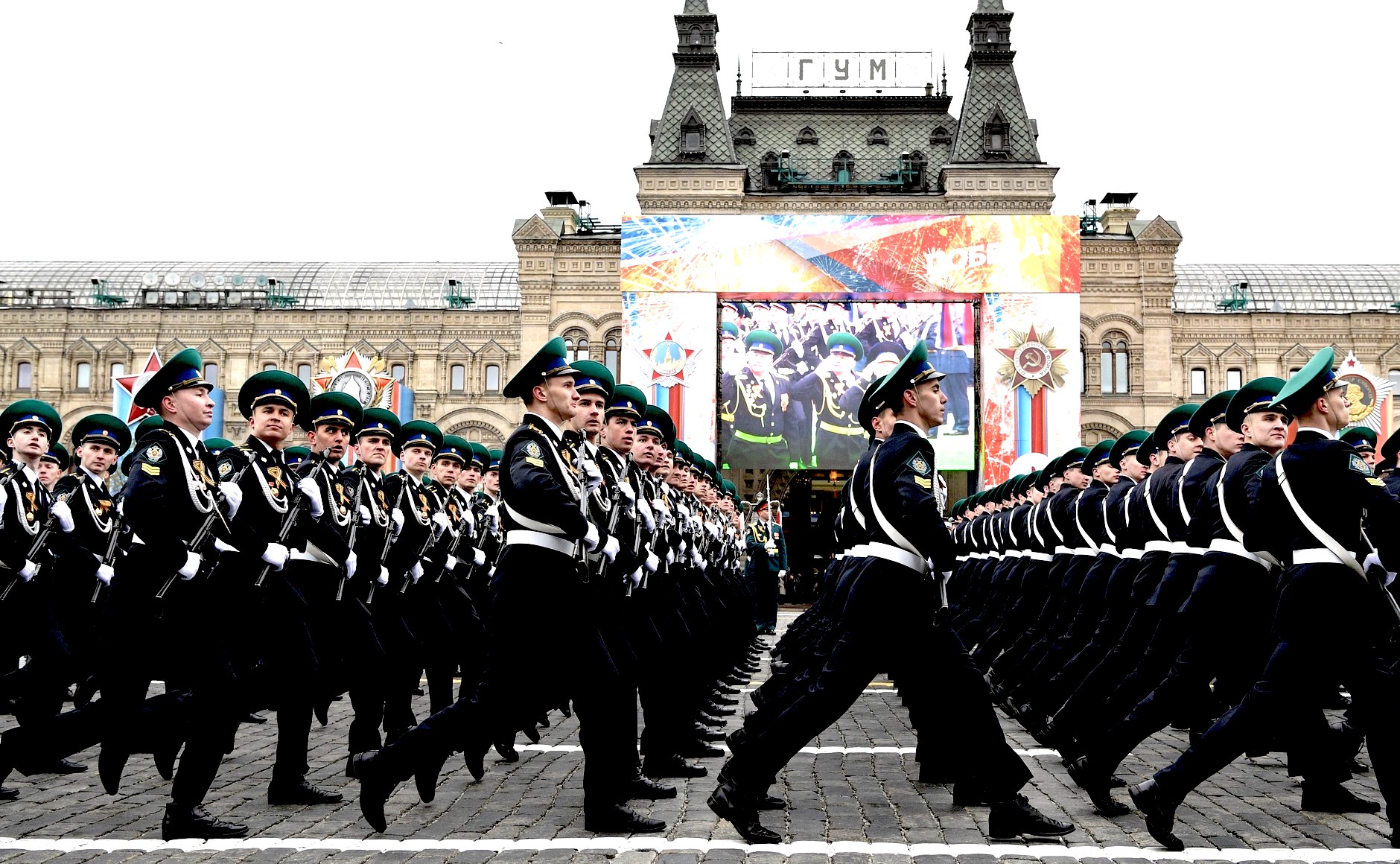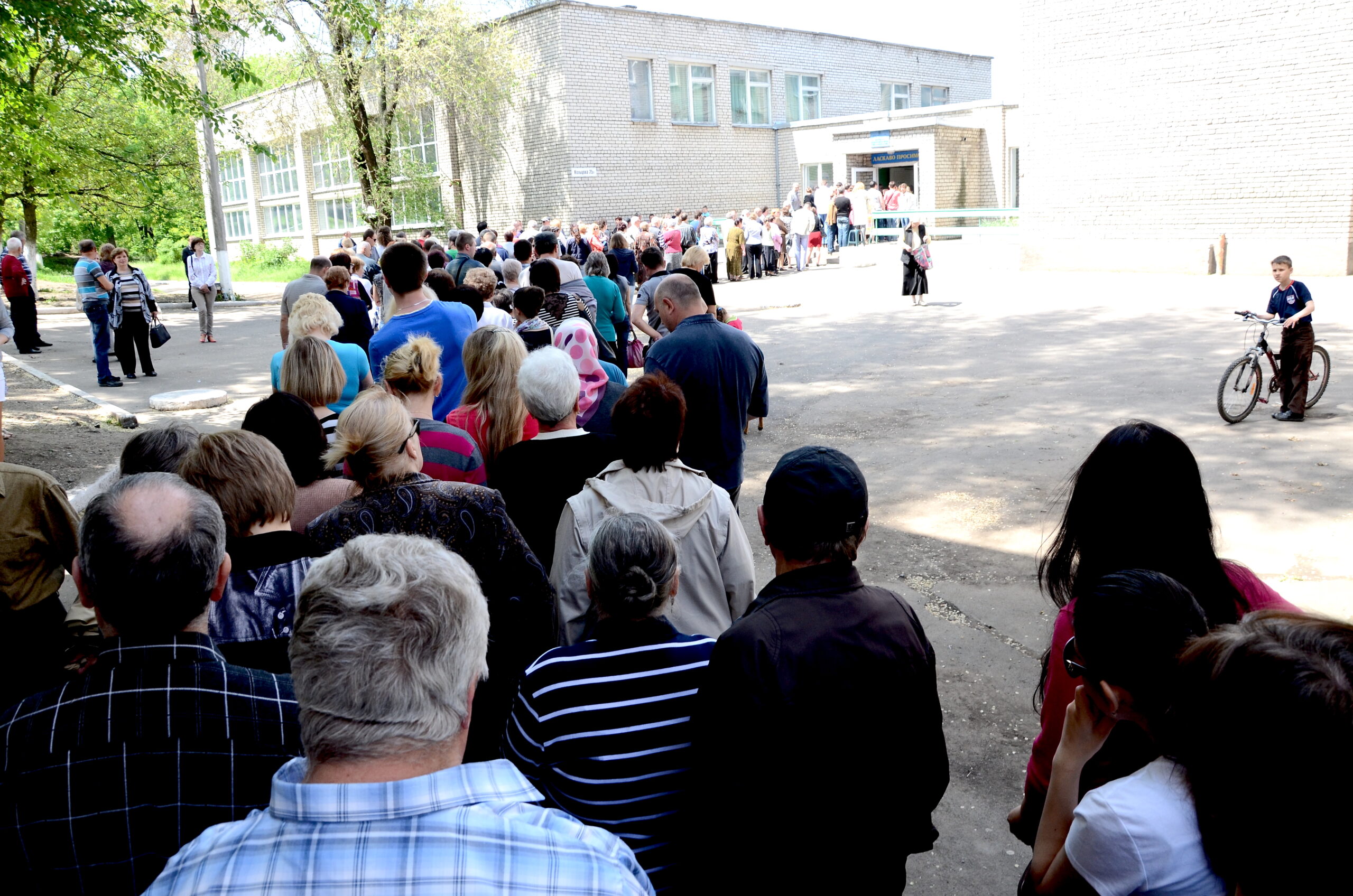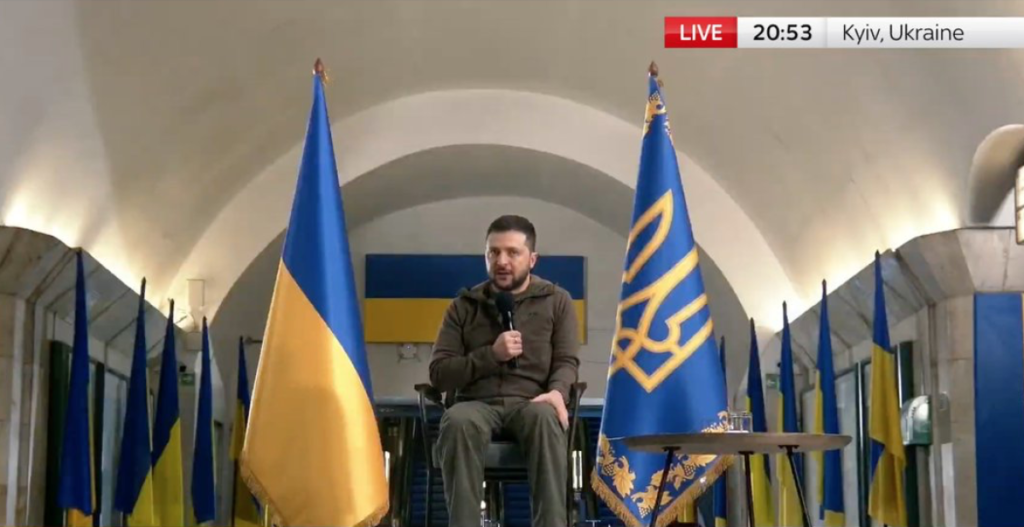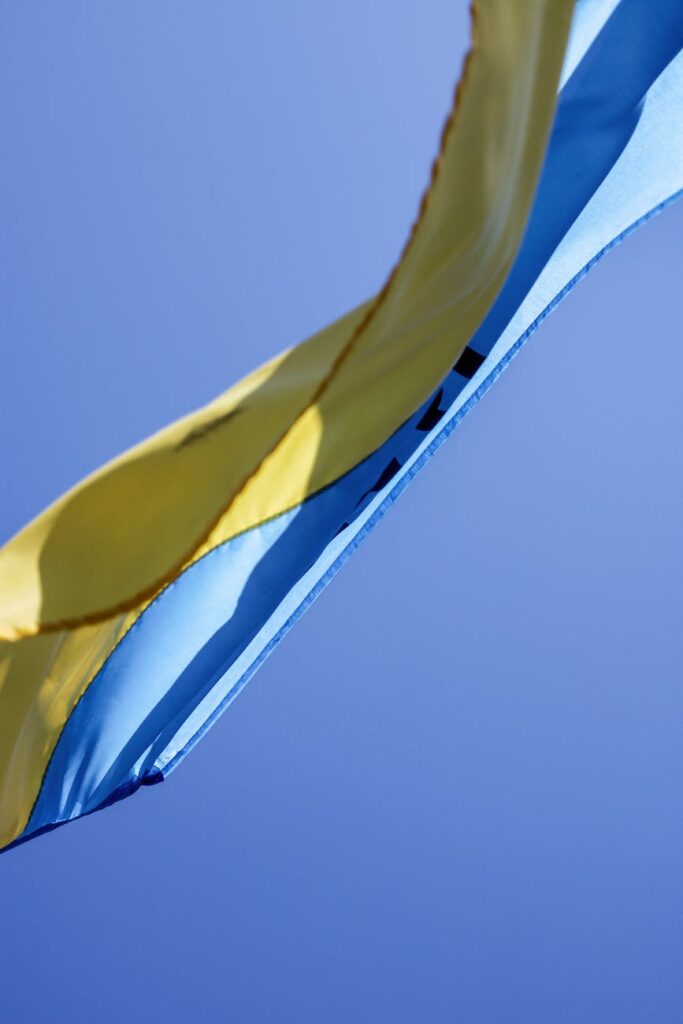
By David C. Hendrickson, The National Interest, 1/24/24
Links embedded in original. – Natylie
The Istanbul Accords have reached a mythic status in segments of the non-interventionist commentariat with whom I usually agree. Numerous thinkers whom I greatly esteem—Alexander Mercouris, Alastair Crooke, Branko Marcetic, Ivan Katchanovski, Aaron Mate, Glenn Greenwald, David Sachs, and Doug Bandow—have held that Ukraine and Russia were on the brink of an agreement in Istanbul in spring 2022, only to have the settlement vetoed by the United States. I disagree. I think the Istanbul Accords were a phantom.
The critics enlist as evidence for their view people who were close to the negotiators—mediators like Gerhard Schröder, the former German chancellor and confidant of Russian president Vladimir Putin; Israeli prime minister Naftali Bennett, who played an essential early role in starting negotiations (and obtained Putin’s pledge that he wouldn’t kill Ukrainian resident Volodymyr Zelensky); and Turkish foreign minister Mevlut Cavusoglu. Each mediator has presented a similar narrative: there was an agreement in hand that was rejected under U.S. pressure. “The Ukrainians did not agree on peace,” Schröder argued, “because they were not allowed to. For everything they discussed, they first had to ask the Americans.”
As Mercouris has argued, “What we almost got on the 29th of March and thereafter was an armistice agreement, a cessation of hostilities, followed by a substantive negotiation between the Russians and the Ukrainians sorting out the accumulated problems that had emerged between them and which had led to the war. And what we got instead was the abortion of that entire process, the cancellation of the all-but-agreed armistice and cessation of hostilities.” The abortion was performed by the United States, whose emphatic rejection of negotiations was delivered by then-British prime minister Boris Johnson on April 9, 2022. “The result was months, and years, of war, which have brought Ukraine to the brink of military defeat,” said Mercouris.
This account misses the central elements of what actually happened in the peace negotiations. Much evidence shows Russia and Ukraine were never on the brink of an agreement at any point in their negotiations. Although the course of the talks revealed surprising points of consensus, large and intractable differences remained. Consequently, there was no prospect of an immediate ceasefire. This impasse had emerged well before Johnson’s April 9 trip.
These contentions, in my view, do not absolve the United States of responsibility for inciting and prolonging the war in other respects—that is a separate question—but they do attest to the intractability of the differences existing, then as now, between the parties. Most critically, the aforementioned critics present a false picture of Ukrainians longing for peace, pulled back from that happy outcome only by Anglo-American pressure. The truth is that the Ukrainians didn’t want peace on terms anywhere close to what was on offer by the Russians. A few seers apart, they wanted to fight. A review of the negotiations will make these points clear.
Breakthrough at Istanbul?
Peace negotiations commenced in Belarus a week after Russia’s invasion on February 24. Russia wanted Ukrainian recognition of the independence of the Donbas republics and Crimea’s incorporation within the Russian Federation, together with the demilitarization and “denazification” of Ukraine. Ukraine demanded “legally verified security guarantees; ceasefire; withdrawal of Russian troops.”
The first inkling of a breakthrough came in mid-March 2022 when the FT reported progress on “a tentative peace plan including a ceasefire and Russian withdrawal if Kyiv declares neutrality and accepts limits on its armed forces.” Ukraine would promise “not to host foreign military bases or weaponry in exchange for protection from allies such as the United States, United Kingdom, and Turkey.” As negotiations proceeded, the Russians reportedly dropped “denazification” as a war aim. They also accepted that Ukraine could join the EU but not NATO.
Then came the Istanbul Communique of March 29, 2022, drafted by Ukraine. It built on the tentative peace plan previously disclosed. Ukraine presented this at the first and only meeting of the parties in Istanbul. Subsequent negotiations were conducted by video conference. Oleksiy Arestovych, then a close aide to Zelensky, said that Zelensky shut down negotiations on April 3 or thereabouts after learning of alleged Russian atrocities at Bucha—the theme also of Yaroslav Trofimov’s reporting in the Wall Street Journal—but negotiations of some sort continued, perhaps with a reshuffled Ukrainian negotiating team. Russian Foreign Minister Sergey Lavrov on April 7 spoke of a Ukrainian draft treaty being delivered on April 6, though he didn’t like what he saw.
Russia responded warmly to certain propositions in the Istanbul Communique. “For the first time ever,” said Lavrov, “the Ukrainian side has put on paper that it is prepared to declare Ukraine a neutral, non-aligned and non-nuclear state, and to refuse to deploy weapons from foreign states on its territory or to conduct exercises on its territory with the participation of foreign military personnel, unless they are approved by all guarantors of the future treaty, including the Russian Federation.”
On March 29, the Ukrainian delegation thought they had achieved “completely successful negotiations.” Arestovych recalls that they celebrated with champagne on their return from Istanbul. But they misread the Russian response as total acceptance of their propositions. Vladimir Medinsky, who led the Russian delegation, greeted the Istanbul Communique as “a constructive step” from the Ukrainian side “towards reaching a compromise” and promised “an appropriate response” after due consideration. Alexander Mercouris noted in his March 31, 2022, broadcast that Russian officials had “made it perfectly clear that these are only tentative moves by the Ukrainians. They do not in any way approximate to the kind of offer that the Russians could accept, and they all predict long, tough negotiations continuing and going forward.”
On April 4, 2022, Mercouris emphasized the rancor of the negotiations after March 29: “The Ukrainians yesterday were making all kinds of claims that the Russians have retracted most of their demands and accepted Ukrainian proposals almost in their totality. The Russians very quickly came out and said that this was simply untrue and that Russian demands remained as they were.” The negotiations after Istanbul were marked by heated accusations of bad faith. Both sides, it seems, thought they had agreed on something, but they did not agree on what that was. Rather than being on the brink of an agreement, they quickly discovered that their positions remained far apart.
These points of disagreement can be traced in Lavrov’s commentaries on the negotiations. On April 7, Lavrov held that “a glint of realism” had informed Ukraine’s March 29 Istanbul Communique but insisted that the Ukrainian draft agreement of the previous day (April 6) departed in signal respects from it. It lacked clarity regarding the status of Crimea and Sevastopol. It demanded that there be a cessation of hostilities before a meeting of Putin and Zelensky, which was unacceptable to Russia. Ukraine also insisted that the provisions regarding military exercises by external powers on Ukrainian territory could be executed with the consent of the majority of the guarantor states, eliminating the veto that Russia thought it had gotten on March 29.
The gap between the parties on the meaning of neutrality is especially pronounced if we examine Zelensky’s explication of Ukraine’s proposals on March 28. These envisaged security guarantees from the permanent members of the UN Security Council (the United States, Russia, China, Britain, and France) and a coalition of other states: Turkey, Germany, Canada, Italy, Poland, Israel, and any other nation that wished to join. In Zelensky’s view, the purpose was to substitute for the security guarantee that NATO was then unwilling (and remains still unwilling) to give. The security guarantees would mandate a no-fly-zone within seventy-two hours of a Russian infraction of the treaty, far in advance of anything that NATO had offered. In his view, the movement of these forces in aid of Ukraine would not be subject to a Russian veto.
The security architecture Zelensky envisioned meant guarantees that were more emphatic than those offered in NATO’s Article 5. His conception was much more like the 1839 Treaty of London guaranteeing Belgian neutrality (whose violation by Germany in 1914 helped provoke British intervention in the European War) than the kind of neutrality Finland had enjoyed during the Cold War, which is what the Russians wanted for Ukraine. Zelensky insisted that getting these external guarantees—a potentially lengthy process—was a condition for Ukraine’s ratification of the treaty, as was a national referendum. In the meantime, he wanted a ceasefire paired with a Russian withdrawal to the February 23 lines.
The Istanbul discussions over neutrality, often seen as a conceptual breakthrough, were something of a conceptual muddle, as the parties entertained sharply conflicting notions of what that would or could practically entail. Russia thought it got a veto on international military exercises in Ukraine, as stated in Proposal 3 of the Istanbul Communique; Ukraine later backpedaled on that point. The initial offer probably didn’t reflect Ukraine’s bottom line, as the negotiators never intended that their security would be subject to a Russian veto.
These were not the only disagreements to emerge after March 29. The Ukrainians had proposed that the issues of Crimea and Sevastopol be left to bilateral negotiations for fifteen years. Arestovych still seems to be under the impression that the Russians had agreed to that proposal, which he thought was highly advantageous to Ukraine. But the Russians rejected that approach publicly in the first days of April. “Among our non-negotiable demands,” Medinsky later recalled, “were the recognition of Russian sovereignty over Crimea [and] the recognition of the independence of the Donbass republics.” There was no prospect that Ukraine could have kept its eastern territories by agreeing to neutrality.
At that time, as later, this “land for peace” deal was stoutly opposed by some 80 percent of Ukrainians, so Zelensky’s ability to accept it was constricted even if he wanted to agree. Russia’s insistence on this point contradicts Gerhard Schröder’s idea that the Russians were prepared to give the Donbas a status like South Tyrol in their peace plan. The last thing that Putin could accept was the revival of Minsk II. Even Medinsky’s cautious acceptance of the framework Ukraine offered on March 29 was greeted with derision in domestic Russian opinion: “Medinsky did more damage in three minutes than all the Ukrainian propaganda in a month,” said one critic.
On April 5, Lavrov expressed extreme dissatisfaction with the state of the negotiations. “If the Ukrainian delegation is going to continue to talk about the need for additional steps on the part of the Russian Federation, vehemently refuse (as it is doing now) even to discuss the goals of denazification and demilitarization and restoring Russian language rights, and insist that there are no problems with the Russian language or the rights of the Russian-speaking people and Nazification reaching all areas of that country’s life, I do not think this will be helpful in advancing the negotiating process.”
Russia never signed on to the Istanbul Communique in its entirety. Russia’s own statements at the time contradict Putin’s recent assertion that “in Istanbul we agreed on everything.” Russia accepted the Ukrainian demarche as a positive first step that required further discussion and clarification. On April 7, Lavrov promised that the Russian answer, when it came, would spell out “all the key positions and demands very clearly and in full.”
The Russian draft treaty was presented to Ukraine on April 15, 2022. This was the document that Putin waved in the air in his speech to African leaders in June 2023. Medinsky told the New York Times in May 2022 that Russia had submitted its own treaty draft at that time, so the existence of this document was known. Still, Putin’s intervention gave it a name—“The Treaty on the Permanent Neutrality and Security Guarantees for Ukraine.” Putin also inadvertently disclosed important details previously unknown.
When the draft treaty was submitted to the Ukrainians, ironically, the peace process had already broken down. On April 12, Putin himself declared the talks at a dead end. Russia never received an answer to its April 15 propositions. That the head of the Ukrainian delegation initialed the Russian draft, a fact on which Putin now lays great emphasis, meant only an acknowledgment that Ukraine had received it.
The most important revelation in Putin’s June 2023 speech came in the military annex, a separate one-page memorandum that recorded stark differences in the military forces to be allowed in Ukraine under the agreement (250,000 in the Ukrainian version, 100,000—of which 15,000 were reservists— in the Russian.) This showed that the parties were far apart on one of Russia’s key criteria for peace: demilitarization. At the time, too, Ukraine was mobilizing vast numbers of volunteers and reservists, with over 500,000 forces either in or soon-to-be-in arms. In his March 28 interview outlining Ukraine’s negotiating posture, Zelensky rejected demilitarization as unthinkable. Russia, in its draft treaty, continued to insist upon it.
Neither party has published nor leaked the April 15 draft treaty, which Putin claimed contained eighteen sections. Both sides may have been embarrassed by its contents. Putin said Russia “never agreed with the Ukrainian side that this treaty would be confidential,” but he didn’t release it. Lavrov, however, had promised on April 7 a complete statement of the Russian position; the draft treaty doubtless fulfilled that promise while also incorporating those elements of the Istanbul Communique—Ukrainian neutrality, non-alignment, renunciation of nuclear weapons—that were to Russia’s liking.
We must assume that the Russian draft treaty included an acknowledgment of Crimea’s membership in the Russian Federation and of the independence of the Donbas republics, with the territorial boundaries the DPR and LPR claimed in their 2014 referenda (only half of which they controlled before the war). We must also assume that the treaty included language mandating both demilitarization and denazification, which Zelensky had previously called deal-breakers and which were not part of the Istanbul Communique. How these propositions were framed is unknown, but the predominant sentiment among the Ukrainians likely saw them as intolerable infringements on their sovereignty. That’s one of the reasons they walked away from the Russian offer. They had others.
The Elusive Ceasefire
The Russians and the Ukrainians were also sharply divided over when a ceasefire would take place. For the Ukrainians, it was to happen immediately. It would entail the retreat of Russian forces to the February 23 lines, after which the two presidents would meet and agree to a treaty. For the Russians, a ceasefire would happen once the treaty had been executed to Russia’s satisfaction. This Russian posture set onerous but inherently ambiguous conditions for halting the fighting. The conditions, of course, never came close to being fulfilled. During the negotiating process, there was never a point when a ceasefire was “all but agreed.”
On April 5, Lavrov rejected any notion of an imminent ceasefire; Russia wouldn’t play “the cat-and-mouse game” in which a ceasefire was given in exchange for nonbinding commitments. As Mercouris reported the Russian position on April 6: “The Russians intend to keep their troops in Ukraine beyond the borders, the territories of Donbas, in places like Kherson, Zaporozhye, and wherever until Ukraine not only signs but ratifies this treaty—which is one which the Russians insist must make fundamental concessions on the state of Crimea and Donbas and on the issues of demilitarization and denazification— and put those provisions fully into effect.”
A ceasefire put off until the treaty went into effect meant that Ukraine had to demilitarize before Russia agreed to a truce or withdrawal of its forces. According to the military annex, Ukraine would have to reduce its troops to 100,000 instead of increasing them to 500,000 or 1,000,000 (as it was furiously trying to do). The likelihood of such demilitarization in April 2022 was just about nil. Neither party could trust the other to fulfill its obligations. The danger that the other party would use a pause in fighting to augment its forces weighed on both sides.
These factors point to the truism that it is much easier to stop a war from starting in the first place than to stop it once it has started. There is no evidence, in any case, that the parties had even begun discussions on the military deconfliction (across a 1200-kilometer front) that would need to occur in the event of a ceasefire.
Given these manifest obstacles, it is difficult to see the basis for the claim that an agreement and a ceasefire were imminent at any point in April 2022. Valeriy Chaly, the Ukrainian diplomat who served on Ukraine’s delegation at the peace talks, recently claimed that the parties were very close to an agreement in mid-to-late April. Still, the assumption on which he rests this judgment is very questionable.
A week into the war, says Ambassador Chaly, Putin had concluded he had made a big mistake and, hence, was ready to reverse course. Was that really Putin’s view? If it was, it was not reflected in Putin’s subsequent conduct or public statements at the time, which displayed a steely resolution that Russia’s war aims would be achieved. Just when Chaly said that Putin was feeling defeated, Russian military spokesmen were claiming to have Ukraine on the ropes and to have destroyed a tremendous amount of its military capacity.
The logic of Chaly’s position is that Putin thought he was losing the war and would have to make critical compromises. Arestovych believed a similar dynamic was at work, with Russia retreating in late March on its diplomatic positions regarding demilitarization and denazification just as it withdrew from outside Kyiv. It is likely, however, that the treaty Russia presented on April 15 was based on the opposite calculation: that Ukraine was losing and would have to appease Russia or face continued war. These opposing understandings nixed any possibility of a ceasefire.
Johnson’s Visit and the U.S. Role
Critics of the U.S. role have emphasized the importance of Boris Johnson’s visit to Kyiv as the decisive event that turned Ukraine against a peace agreement. Western spokesmen, by contrast, have vehemently denied that the United States played any role in sabotaging the accords. “Utter bullshit,” a senior administration official told Yaroslav Trofimov of the Wall Street Journal. “I know for a fact the United States didn’t pull the plug on that. We were watching it carefully.” Boris Johnson, interviewed by the Times of London, agreed. “This is nothing but total nonsense and Russian propaganda.” In his April visit to Kyiv, Johnson recalled expressing deep skepticism of any Russian offer. He pledged “1000 percent” support for aiding Ukraine’s military resistance but didn’t tell Zelensky what to do.
I am inclined to minimize the significance of Johnson’s visit, in part because stark differences over the peace deal had already emerged and in part because the message Johnson conveyed in Kyiv had already been repeatedly communicated before his arrival.
Immediately after the outbreak of war, Western governments declared a total economic and financial war against Russia. Western authorities froze $300 billion of Russian reserves and expected a withering blow against Russian financial and military power. Defense ministries were gearing up for large-scale arms transfers to Ukraine. In his speech in Warsaw on March 26, 2022, President Joe Biden called for Putin’s removal, saying that his invasion of Ukraine stemmed from a “craving for absolute power and control.” Biden called for “swift and punishing costs” that would be “unprecedented and overwhelming.” There was no hint of compromise in the Biden administration’s approach.
The hardline approach, suffused with anger, that arose after February 24 in the United States and Europe ruled out any negotiated settlement between Russia and Ukraine. How could Zelensky make peace with Putin if the West did not do so? A separate Russian-Ukrainian peace, absent a larger peace between Russia and the West, was inconceivable then because it would require Ukraine to entrust its fortunes to the Russians. It is also the case, however, that Zelensky encouraged a stiff Western response and wished the West to go much further. He was still angling for a no-fly-zone on April 10, having asked for that from the war’s outset. He wanted his partners to cosplay Winston Churchill, not Neville Chamberlain. Boris Johnson obliged him.
The Western attitudes precluded a Russo-Ukraine agreement, but the West didn’t put the squeeze on Zelensky to reject the Russian treaty. He had reasons of his own to disown it. He was hankering for Western support and would have gone ballistic had the Americans, reversing their decade-old policy, told him to suck it up and make a deal with the Russians.
The narrative under consideration—the Ukrainians wanted to accept Russia’s offer, but the Americans wouldn’t allow it—ignores the existence of a potent Ukrainian nationalism that refused concessions on points the Russians considered vital.
In his most recent statement, Davyd Arakhamia, who headed the Ukrainian delegation in Istanbul, denied that a peace agreement was possible with Russia in the war’s first months. Many observers misread his earlier remarks about the Istanbul peace talks. They heard him say that there was a simple deal on the table, conceding Ukrainian neutrality in exchange for an end to the war, whereas, in fact, Arakhamia was explaining why the deal didn’t happen. In his latest interview, Arakhamia also downplayed the significance of Johnson’s visit, which he had previously mentioned as a factor in Ukraine’s decision to reject the treaty: “Neither then nor now do any of our [Western] partners give Ukraine instructions on how to build its defenses or what political decisions to take. This is the sovereign right of the Ukrainian leadership.”
Those assertions seem credible. Critics suspect that U.S. power is being brought to bear behind the scenes to tell its dependents what’s what, but in our weird empire, it often works the other way around. Allies get 100 percent support and lots of green lights. Just tell us what you want, and we’ll support you as long as it takes.
Ivan Katchanovski believes that Johnson’s visit was decisive in sabotaging an accord. The abandonment of negotiations did not come after Bucha, he argues, but after Johnson’s visit. He cites Zelensky on April 9, the day of Johnson’s visit, when he said, “We don’t want to lose opportunities, if we have them, for a diplomatic solution.” However, the fact that Zelensky would not publicly declare the negotiations at an end does not show that he was ready to accept the Russian position. He was not. He said he favored a diplomatic solution but did not say he was willing to surrender Donbas or Crimea. He did not say he was ready to accept Ukraine’s demilitarization. He did not say that he had abandoned his quest for a substitute NATO via security guarantees from outside powers. He did not accept Russia’s interpretation of when a ceasefire would take effect.
A Tangled Web
There is much we don’t know about the course of the spring 2022 negotiations; historians and polemicists will undoubtedly argue about their crooked path for a long time to come. Naftali Bennett recalled that the parties exchanged seventeen drafts, of which there is little to no public record. Ukrainian negotiators said at the time that the Russians were shifting their positions almost daily. The Russians said the same about the Ukrainians. A tangled web, indeed.
However, the public record does disclose far-reaching differences between the parties that persisted throughout the negotiations. Though Russia’s terms preserved Ukrainian sovereignty in most of its territory, it did amount to an effective Ukrainian capitulation on the points that had brought about the war. The Ukrainians were in no mood to do that. That made any peace agreement a remote prospect in the spring of 2022.

